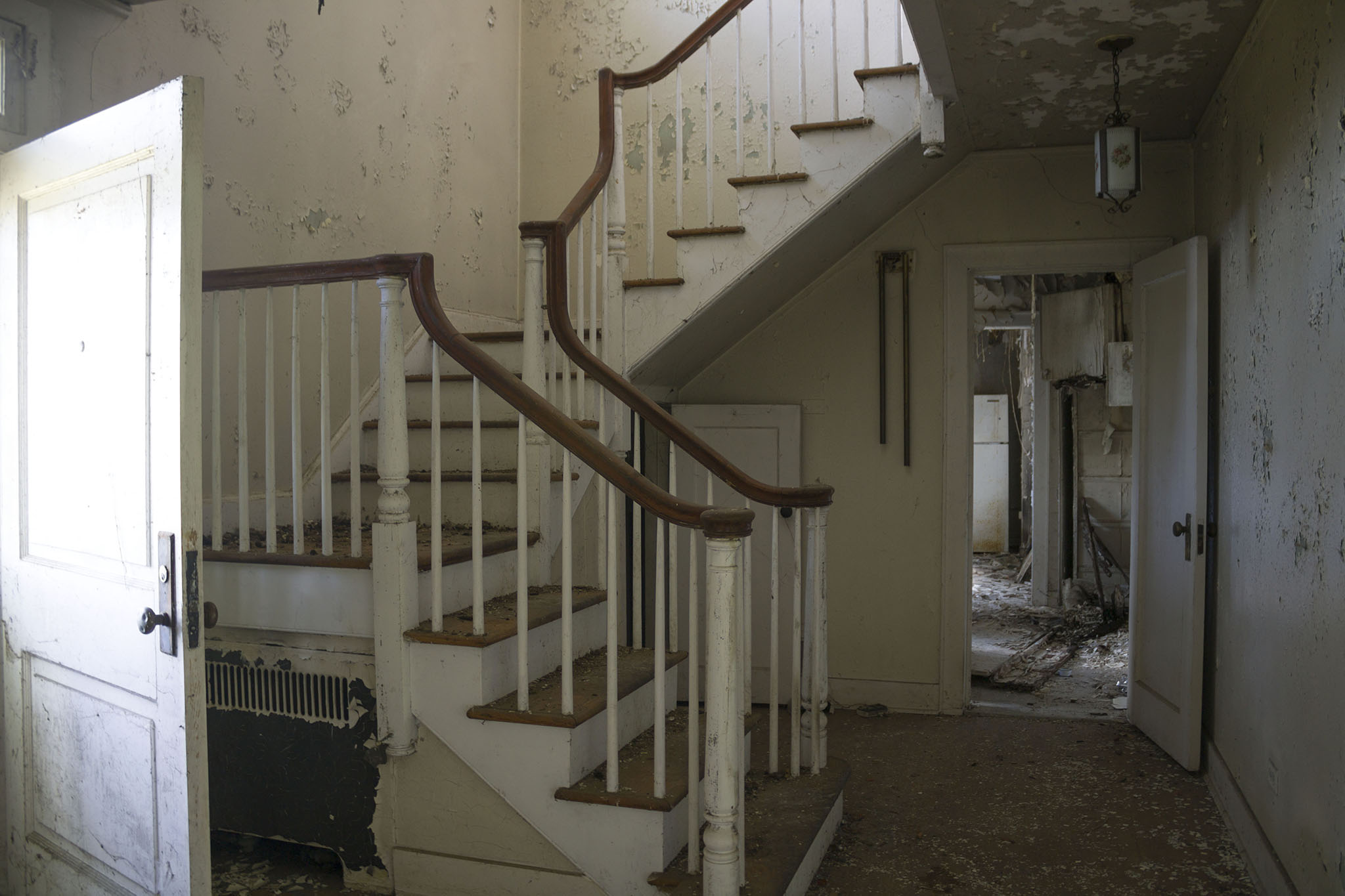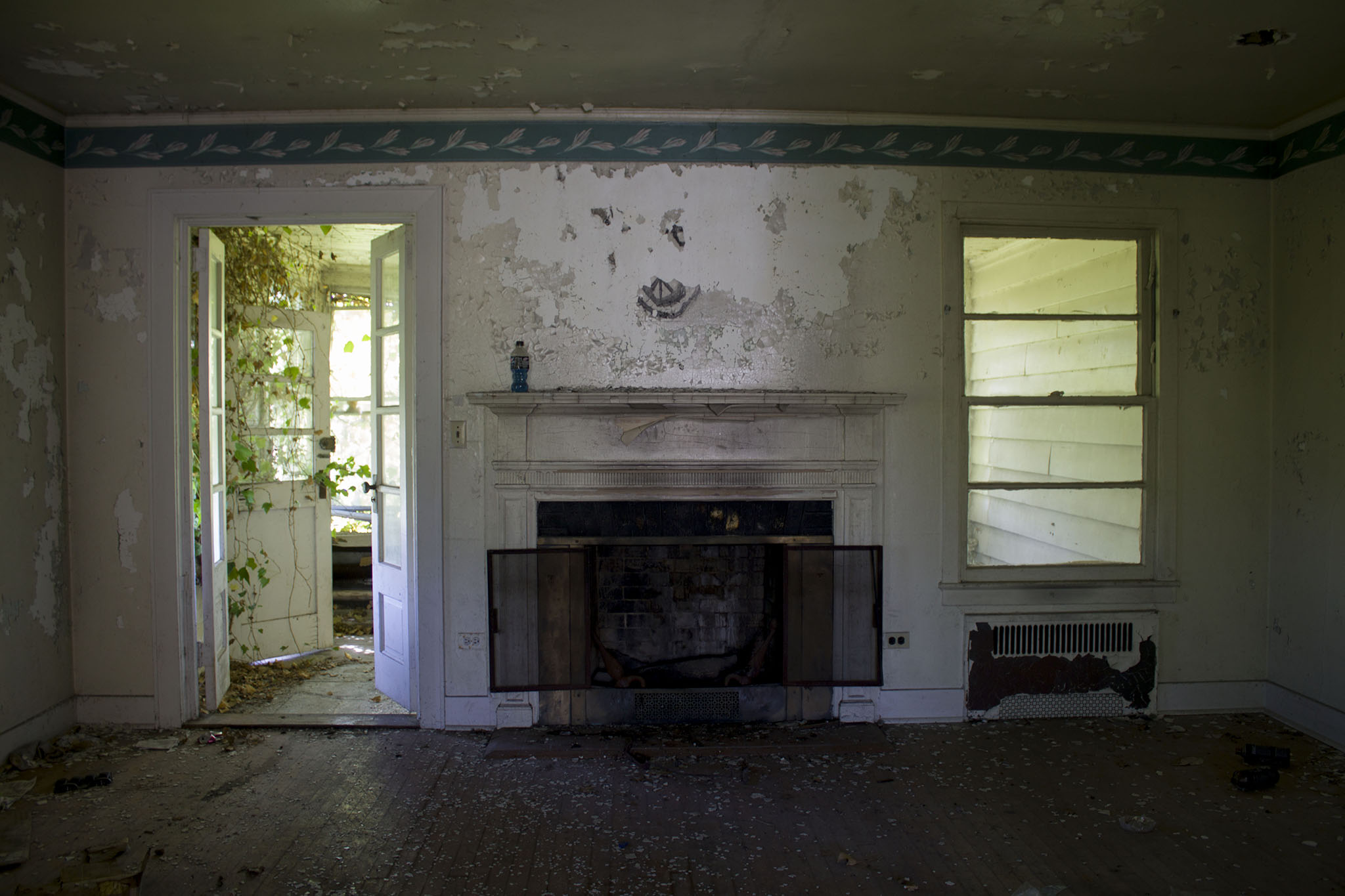Floyd Bennetts Forgotten Buildings
Ask any New Yorker to list all the airports in the city, and they'll tell you two: JFK and LaGuardia. Unaware of the city's lesser-known airports that remain out of the public eye. Inside Flushing, there used to be an abandoned airport; empty hangars and a rusted firetruck were all that was left of its previous life as one. Due to its location, everything previously listed has sunk into the marshy land. The only other airport that still stands is Floyd Bennett Field.

Characterized by its asphalt runways and aircraft hangars, makes it all that hard to believe that the whole area used to be a marshy island. Even more shocking is the small community that used to inhabit it, with the first ever recorded building built in the year 1800. Churches, schools, industrial plants, and an airport were all facets of the Barren Island community. In 1919, the drying up of local industry caused many of its inhabitants to abandon the area.
With most of the island lacking any ownership, this proved to be the ideal location for New York's first municipal airport. With the state's approval of the purchase, construction on the 328-acre plot began in 1928. On May 23, 1931, Floyd Bennett Airfield opened for commercial traffic, named after Brooklyn native Floyd Bennett, who first flew to the North Pole in 1926. While of little commercial success, the airfield soon became a point of interest at the start of World War II. A heavy military presence was established with the construction of various barracks and officer houses.
By 1971, the Navy withdrew its operations and decommissioned the Naval Air Station present within the airfield. A chunk of the buildings were boarded up and forgotten about, except for the few used to stage training exercises by the Coast Guard and the NYPD. While everything stood still, talks between the city and federal agencies fired up about the future of this site. As soon as the signatures dried, the grounds were transferred over to the National Park Service administration.
Soon after, the officials in charge of reorienting the area focused more on nature and the wildlife on the island. After decades of military use, this task seemed more of a challenge than it was thought to be. Various pieces of infrastructure built by the Navy, Marines, and Army remain. A large number of these structures were ill-suited for any civilian purpose, with the majority of them being razed. The very few that were suitable were pressed into various types of use.
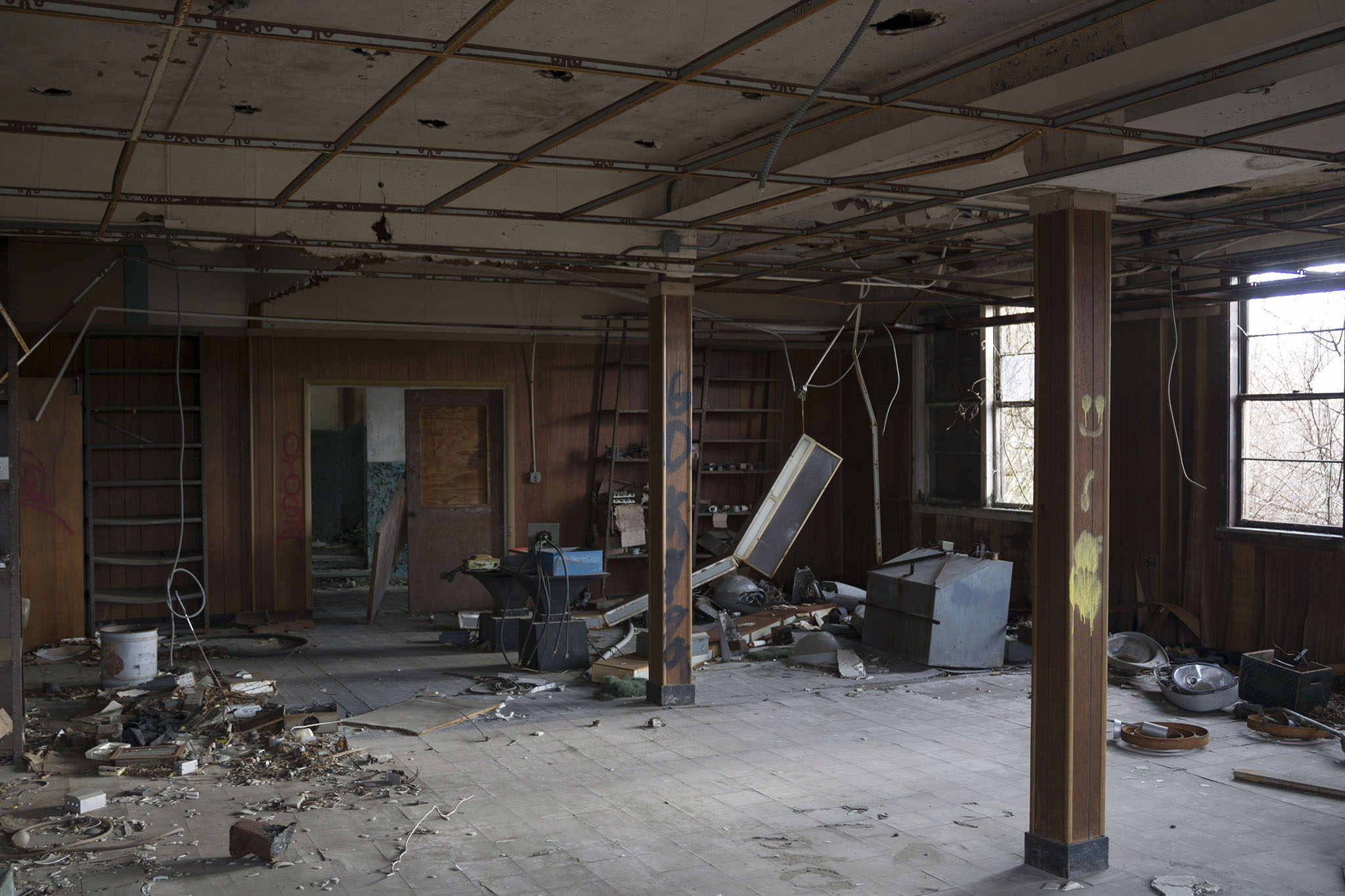
The World War II-era recreation building for enlisted men was transformed into an academic center, in preparation for this extensive alterations were done to it. New windows were added, but the core structure of the building remained the same: a large gym with two wings used for schoolrooms.
Although its background is shrouded in mystery, as there is little to no online documentation covering when it opened, closed, or even its name. Despite this setback, an educated guess can be made about the years it operated. On the first floor, there are a variety of blank scantrons spread out on the linoleum flooring, meaning that the school must have been in session during the late 1990s to early 2000s.

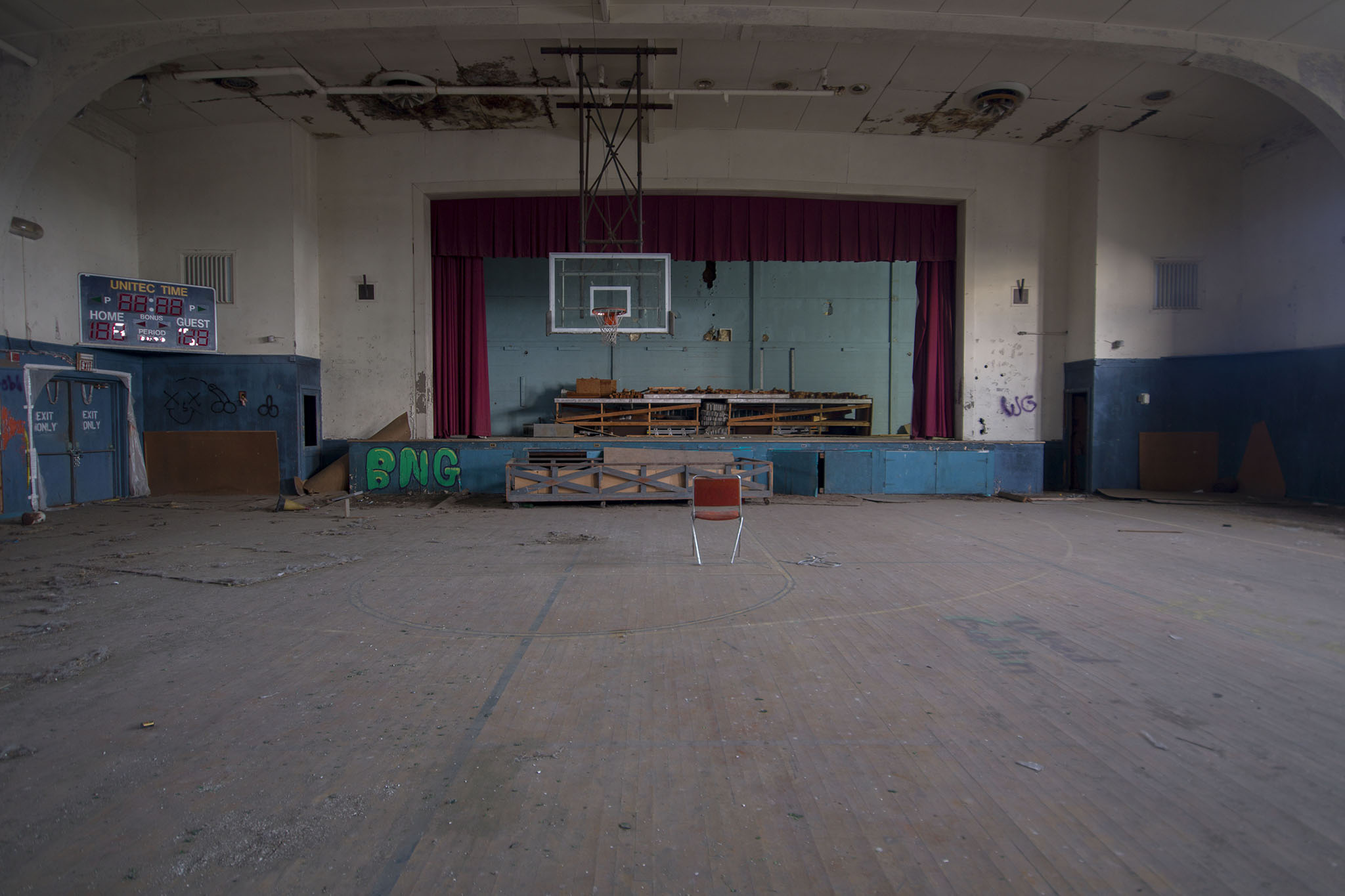

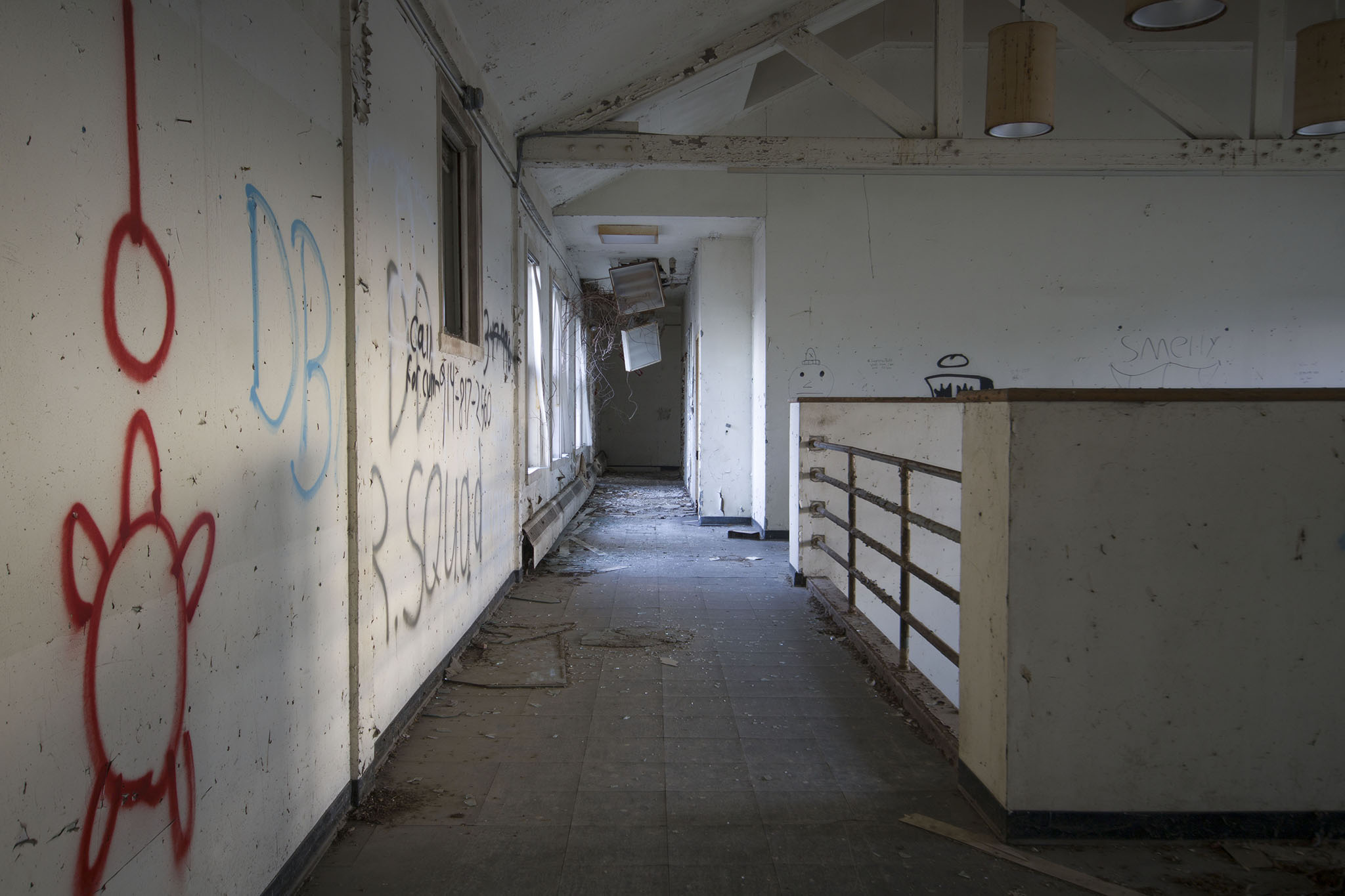
Another building of military origin converted for civilian use was the former practice bomb storage house. Rather than inert bombs, the shelves are racked with canoes, row boats, and an entire boat tucked away in a corner. All of this once belonged to the Beach Channel High School rowing team. Until 2014, when the high school closed, they were the only crew rowing team in the five boroughs.

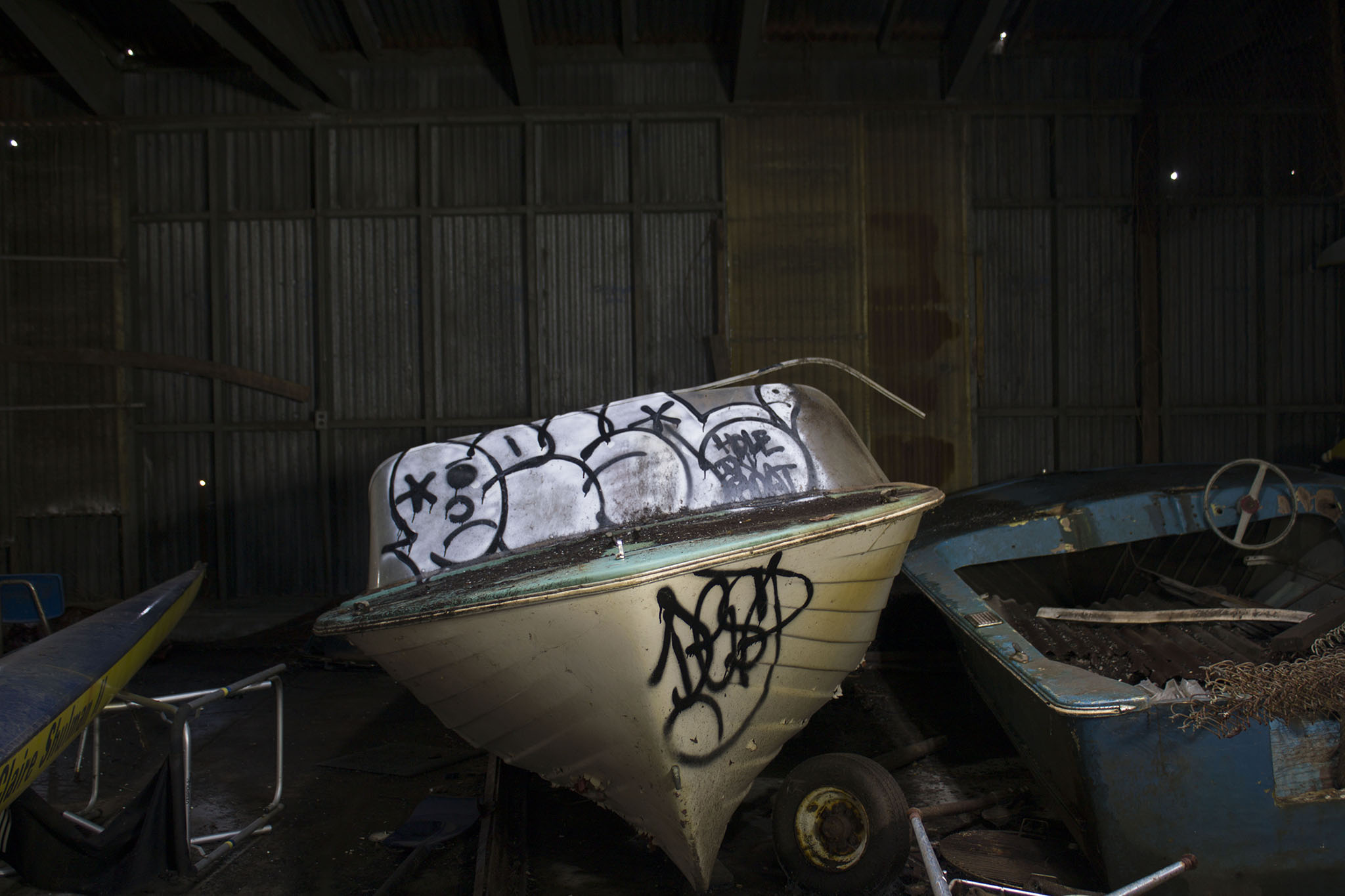


Another wave of demolitions occurred in 2003, 2015, and 2019. Five aircraft hangars were paved over in 2003 for a $15 million sports complex. In 2015, a FUDS (Formerly Used Defense Sites) project was initiated, and with it came the removal of the former powerplant. More recently, the vacant Job Corps center was wiped down to its foundation.
Beyond the abandoned barracks and other structures that dot the landscape, much of it has become a nature reserve. Bird spotters flood the marshes to catch a glimpse, and near the shore sit fishermen with their many fishing reels. All of them unware of the buildings that both man and time forgot.

